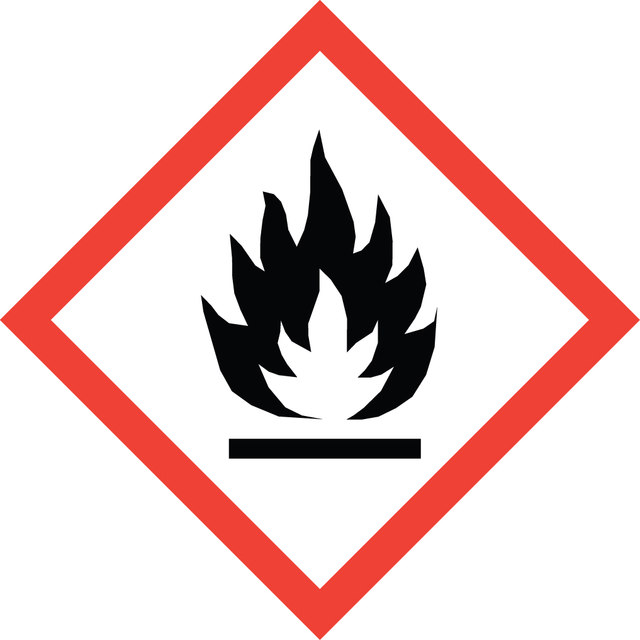180173
Carbon disulfide
ACS reagent, ≥99.9%
로그인조직 및 계약 가격 보기
About This Item
실험식(Hill 표기법):
CS2
CAS Number:
Molecular Weight:
76.14
Beilstein:
1098293
EC Number:
MDL number:
UNSPSC 코드:
12352100
PubChem Substance ID:
NACRES:
NA.21
Grade:
ACS reagent
Bp:
46 °C (lit.)
Vapor pressure:
5.83 psi
Grade
ACS reagent
Quality Level
vapor density
2.67 (vs air)
vapor pressure
5.83 psi
분석
≥99.9%
양식
liquid
autoignition temp.
212 °F
expl. lim.
50 %
dilution
(for analytical testing)
불순물
H2S, passes test (lim. ~1.5 ppm)
SO2, passes test (lim ~2.5 ppm)
≤0.05% water
증발 잔류물
≤0.002%
색상
APHA: ≤10
refractive index
n20/D 1.627 (lit.)
bp
46 °C (lit.)
mp
−112-−111 °C (lit.)
density
1.266 g/mL at 25 °C (lit.)
SMILES string
S=C=S
InChI
1S/CS2/c2-1-3
InChI key
QGJOPFRUJISHPQ-UHFFFAOYSA-N
유사한 제품을 찾으십니까? 방문 제품 비교 안내
일반 설명
Carbon disulfide (CS2) is a colorless liquid. It is present in atmosphere and natural waters in the form of sulfur gas. It is responsible for the production of sulfur dioxide (SO2) in the atmosphere (stratosphere and/or troposphere). Its lifetime in the atmosphere has been proposed to be around 12 days. It is a non-polar solvent.
Carbon disulfide is a highly volatile, flammable liquid with low ignition temperature. It can be synthesized by reacting hydrocarbon gas with sulfur. It is an important raw material for preparing viscose rayon and cellophane film.
애플리케이션
Carbon disulfide has been used for the desorption of air samples during analysis of trihalomethanes (THMs) in those samples.
It may be used in the preparation of dibenzyl trithiocarbonate, a RAFT (Reversible Addition-Fragmentation Transfer) chain-transfer agent (CTA). It may be employed as a solvent in the preparation of benzyl chlorodithioformate.
It may be used in the preparation of dibenzyl trithiocarbonate, a RAFT (Reversible Addition-Fragmentation Transfer) chain-transfer agent (CTA). It may be employed as a solvent in the preparation of benzyl chlorodithioformate.
Carbon disulfide may be used in the xanthogenation of cellulose and in the synthesis of poly(ethylene trithiocarbonate) and dithiocarbamates. C2S may undergo hydrolysis catalyzed by nanosized titania and zirconia to form CO2 and H2S. It can also generate 1,3-dithiolium carbenes via cycloaddition with acetylenes.
포장
신호어
Danger
유해 및 위험 성명서
Hazard Classifications
Acute Tox. 4 Inhalation - Eye Irrit. 2 - Flam. Liq. 2 - Repr. 2 - Skin Irrit. 2 - STOT RE 1
표적 기관
Peripheral nervous system,Central nervous system,Cardio-vascular system,Eyes
Storage Class Code
3 - Flammable liquids
WGK
WGK 2
Flash Point (°F)
-22.0 °F - closed cup
Flash Point (°C)
-30 °C - closed cup
자사의 과학자팀은 생명 과학, 재료 과학, 화학 합성, 크로마토그래피, 분석 및 기타 많은 영역을 포함한 모든 과학 분야에 경험이 있습니다..
고객지원팀으로 연락바랍니다.

